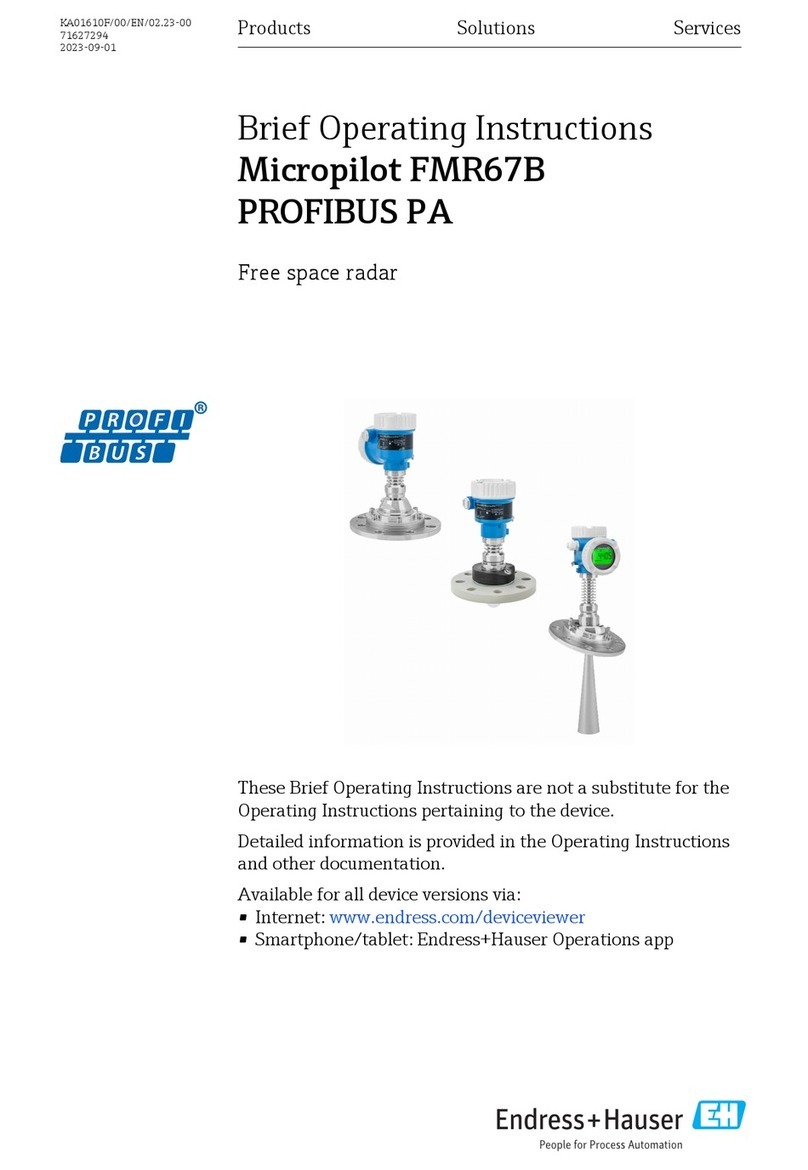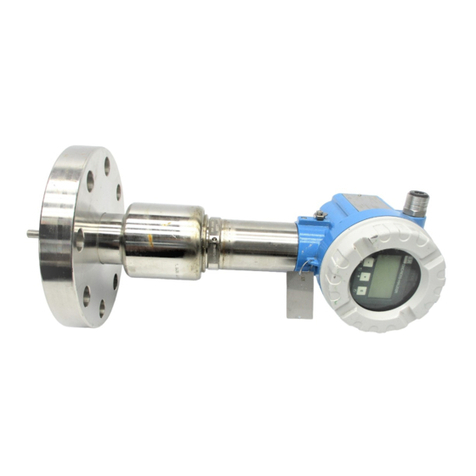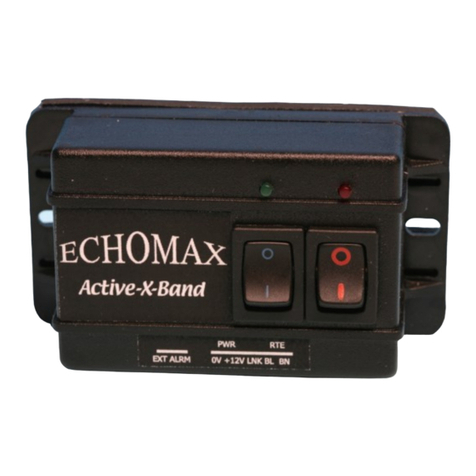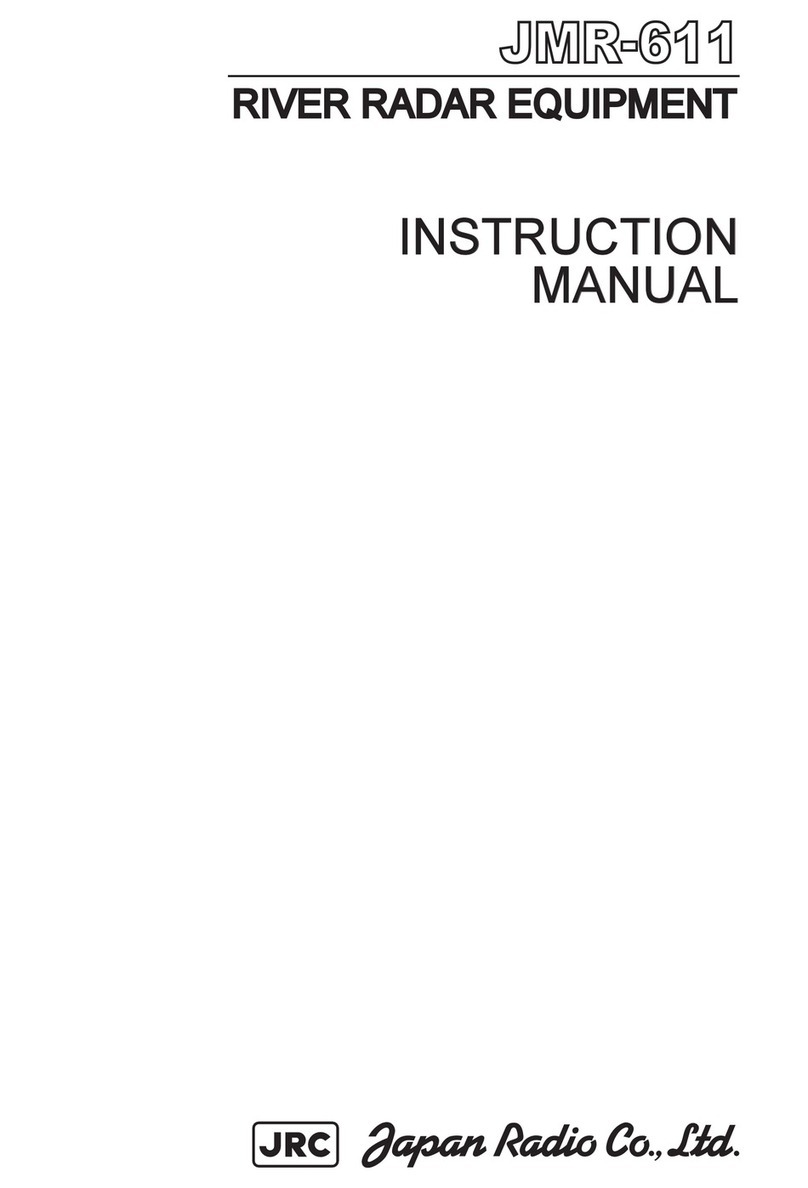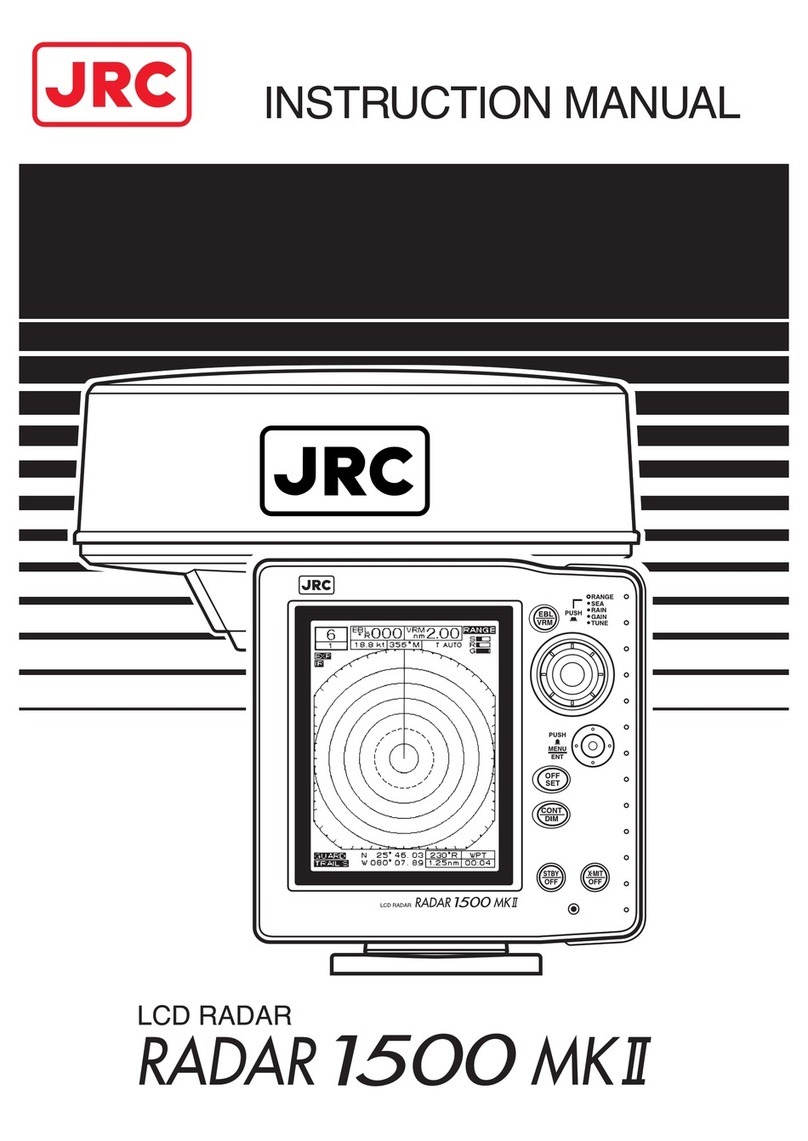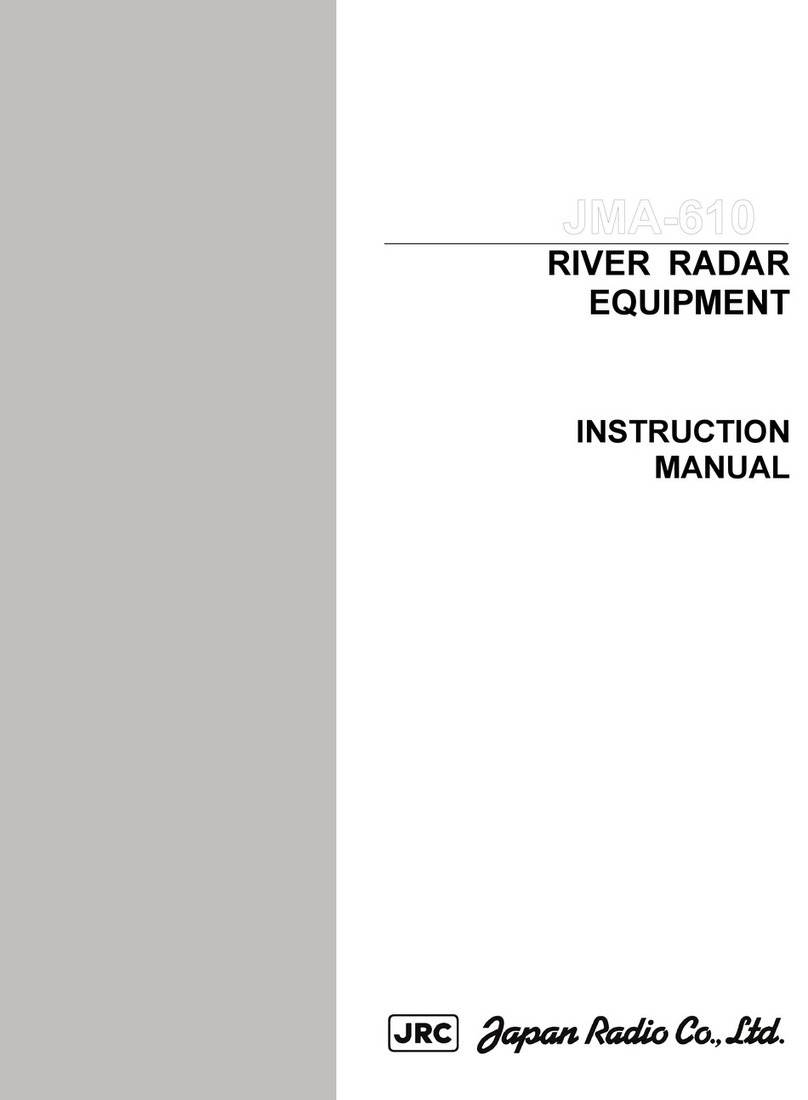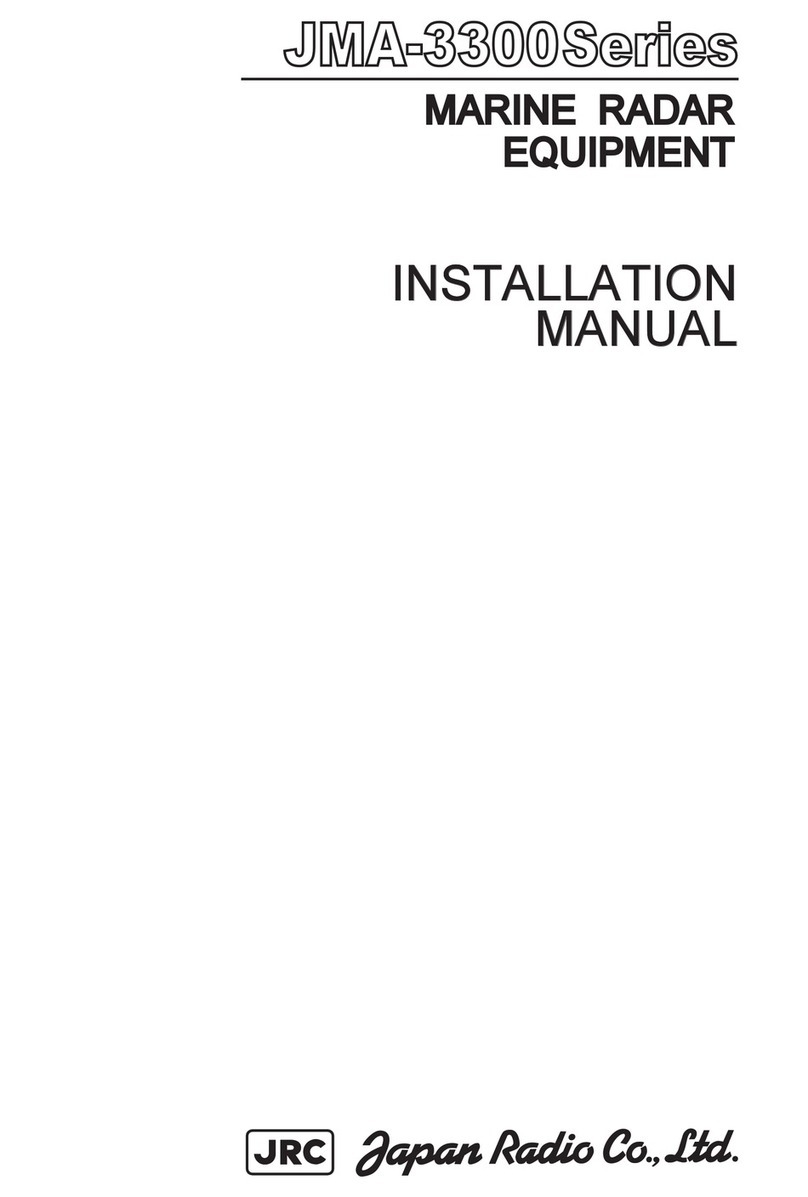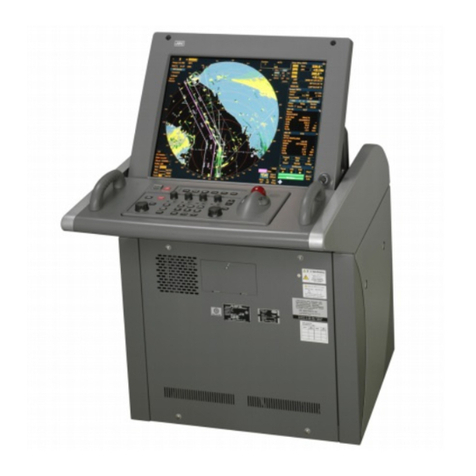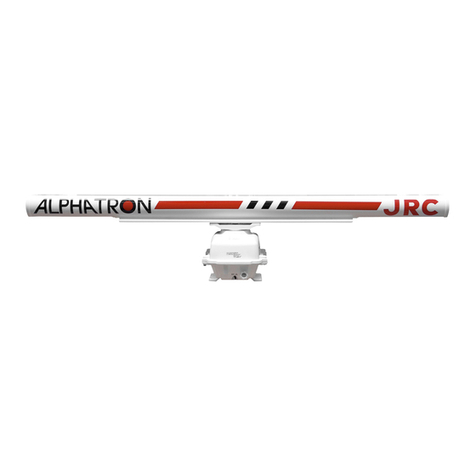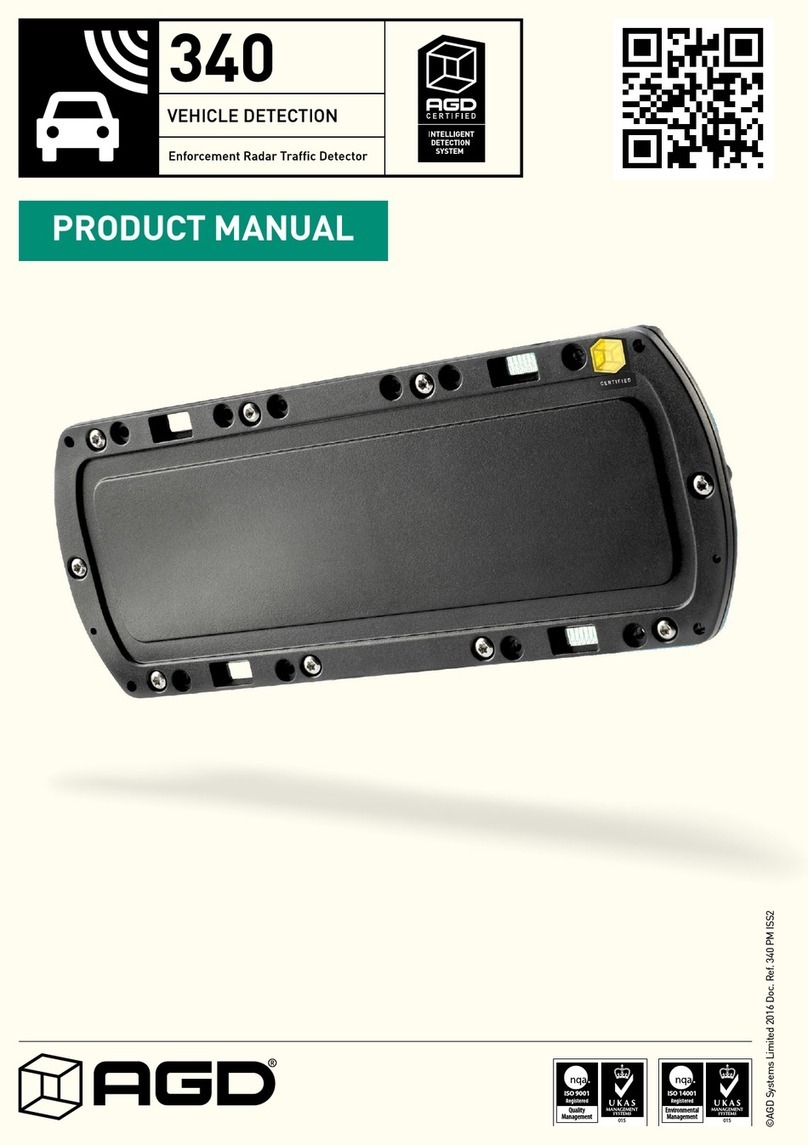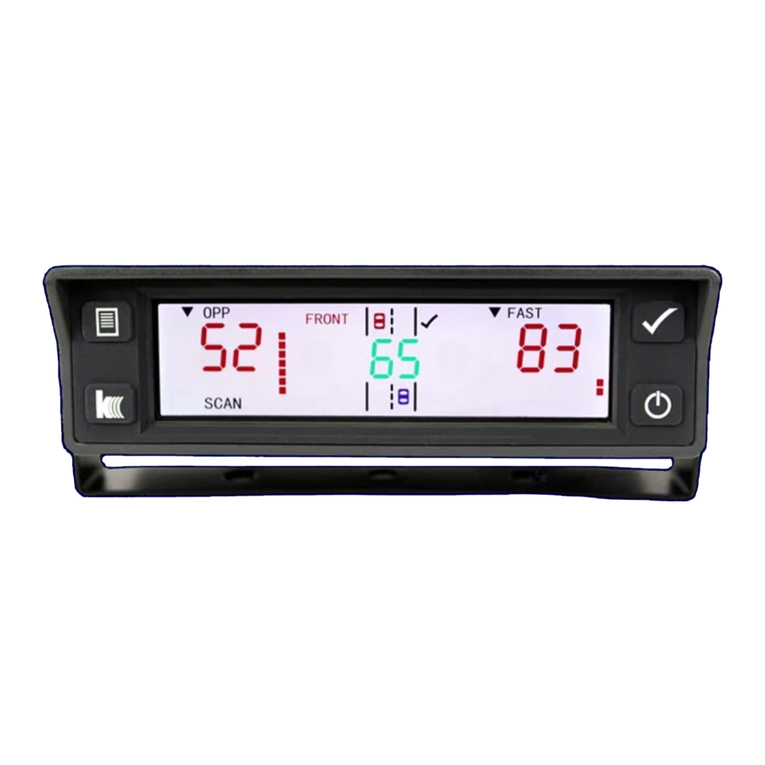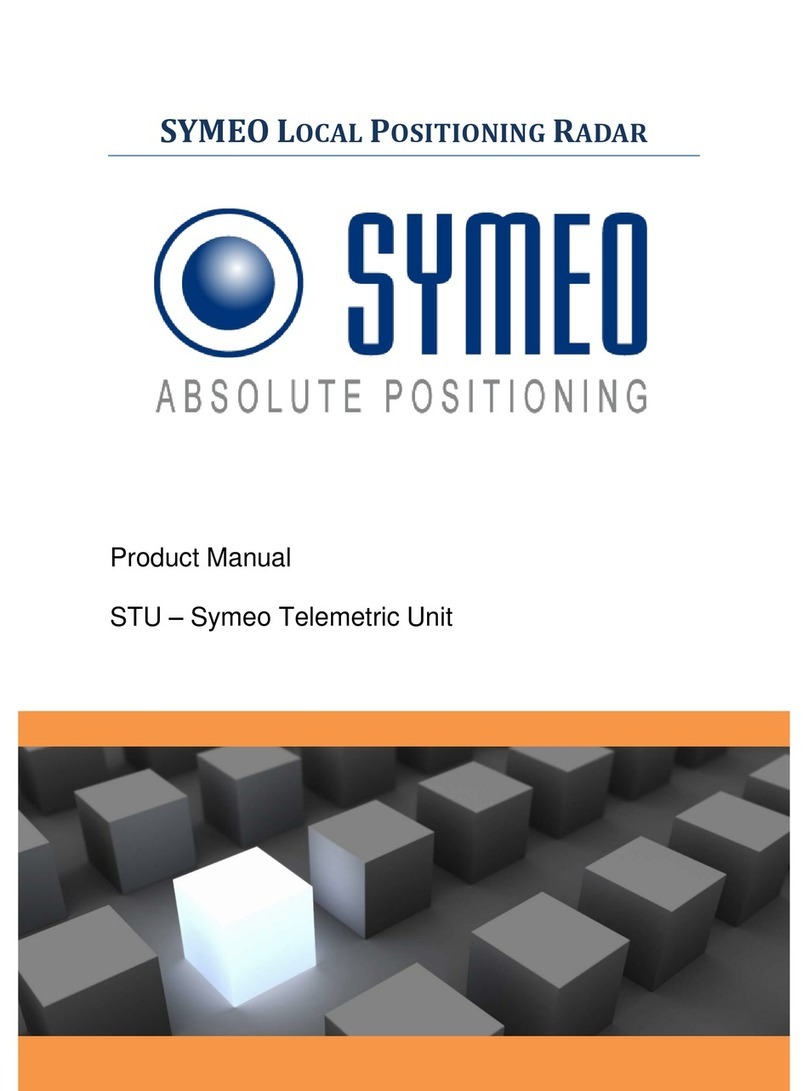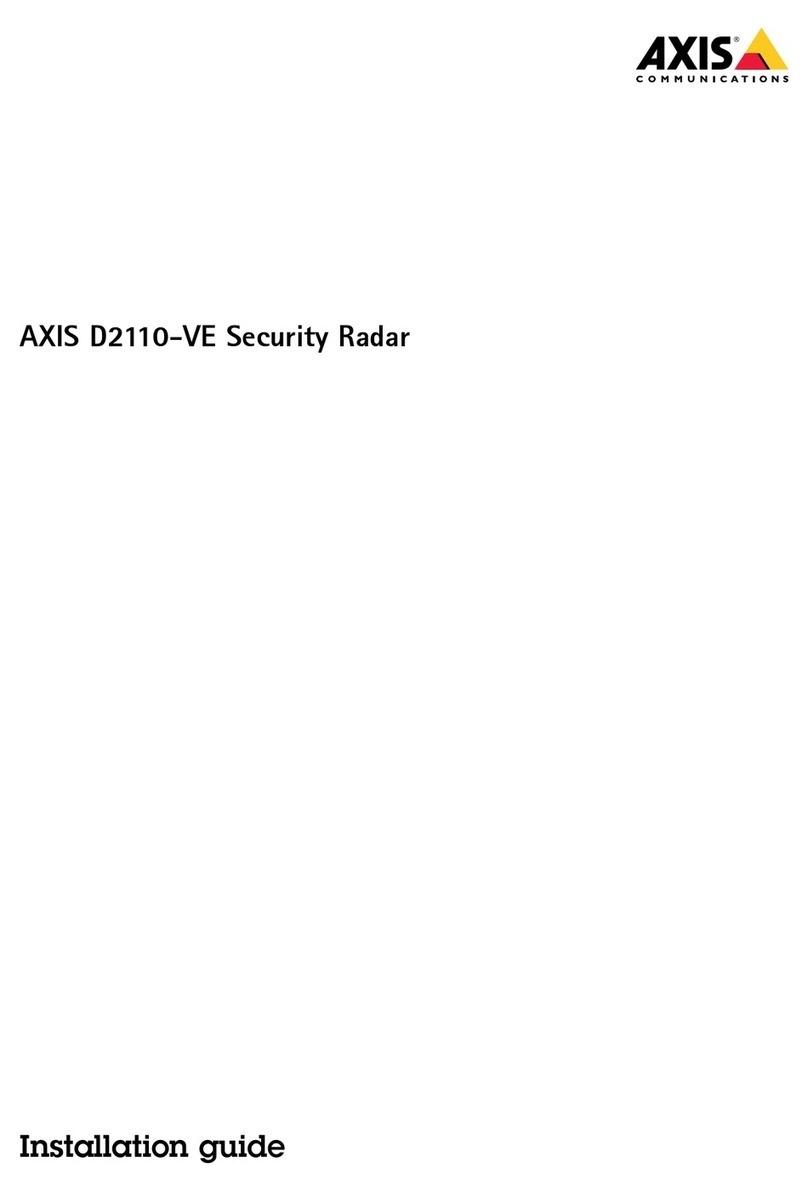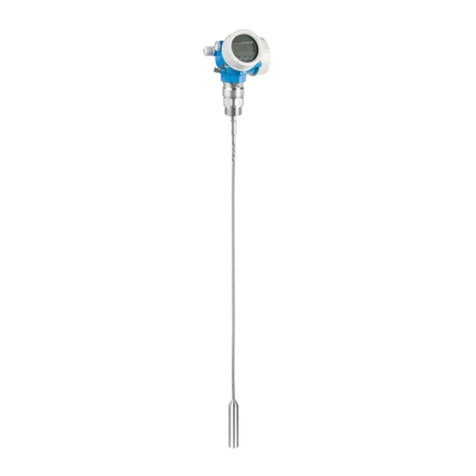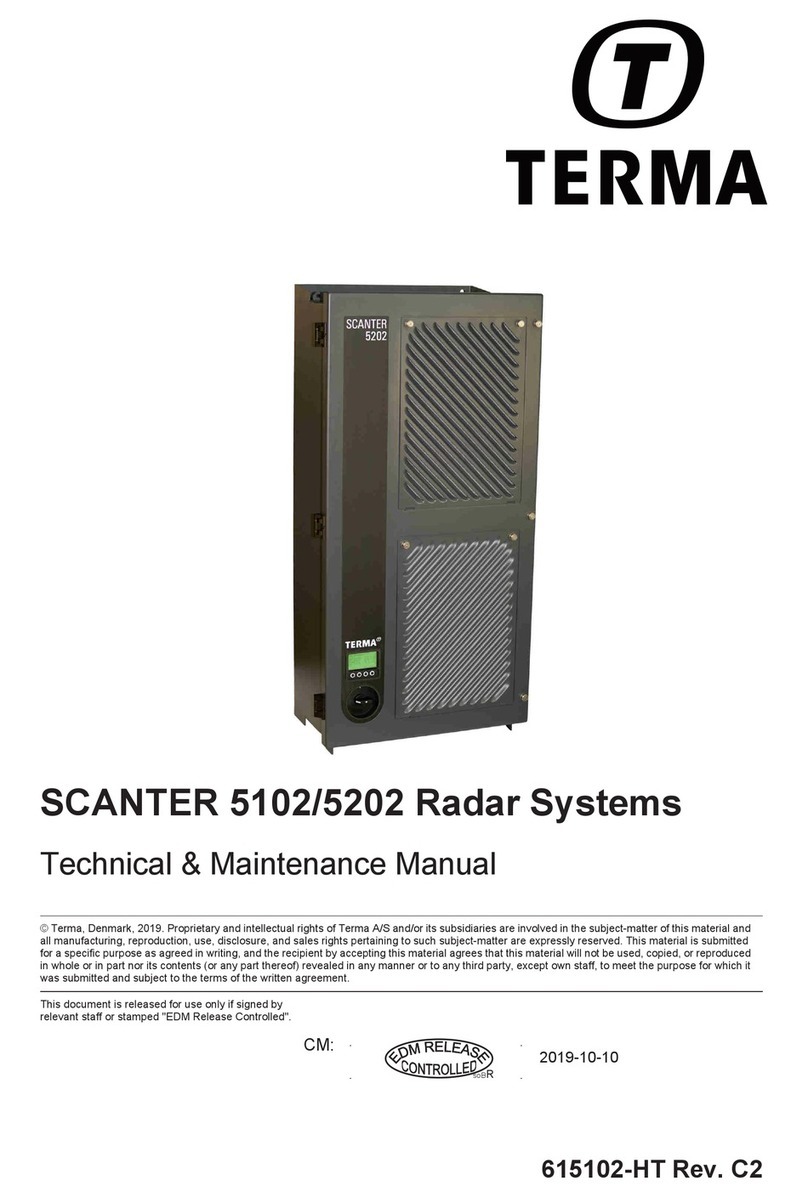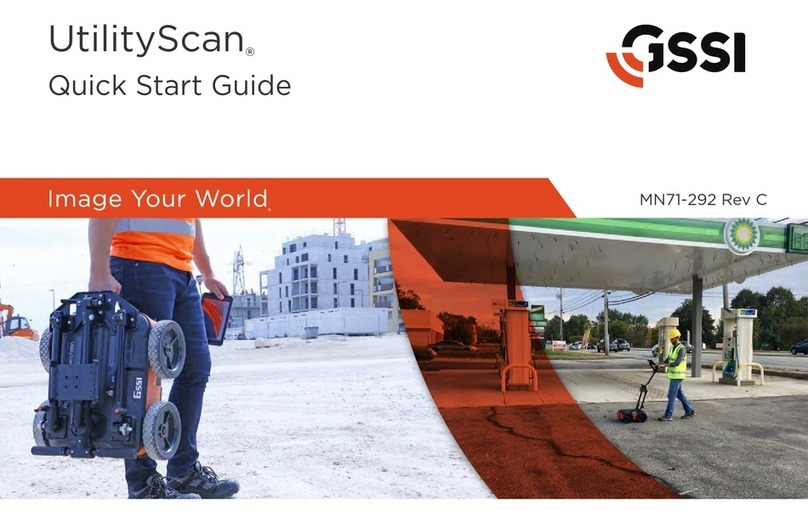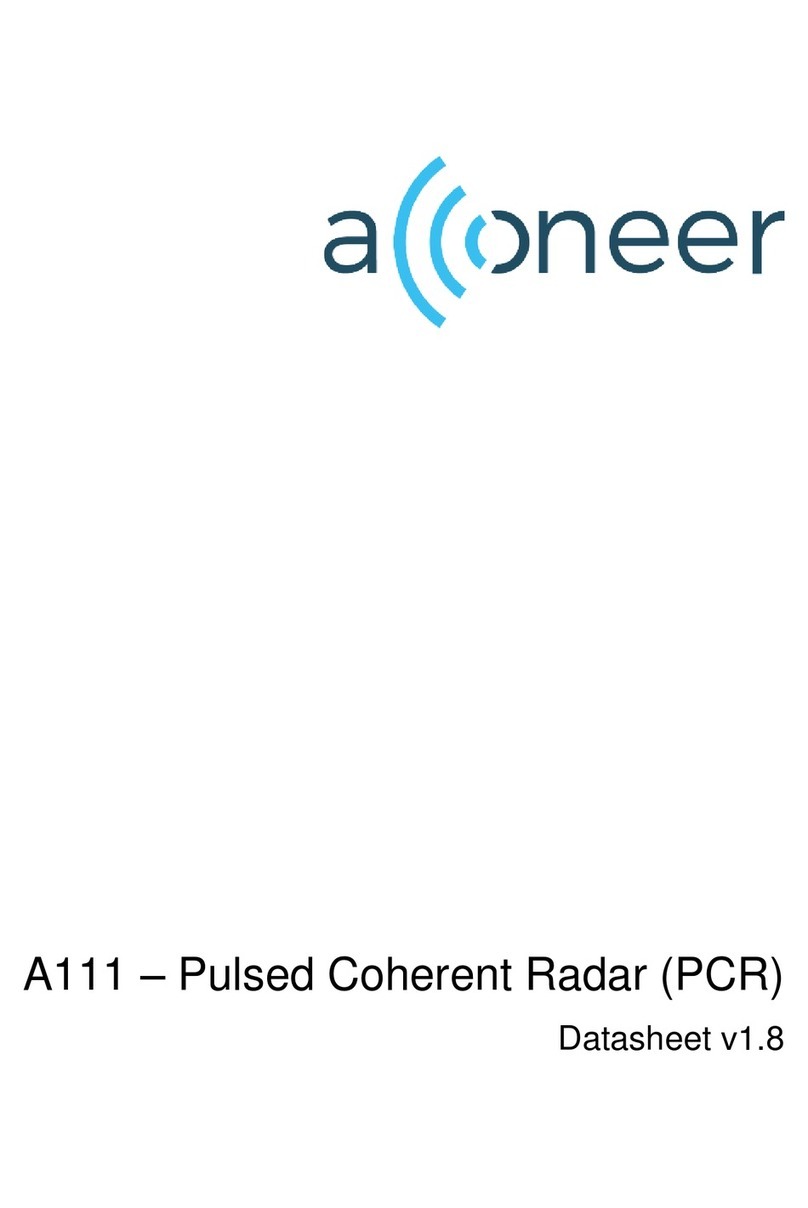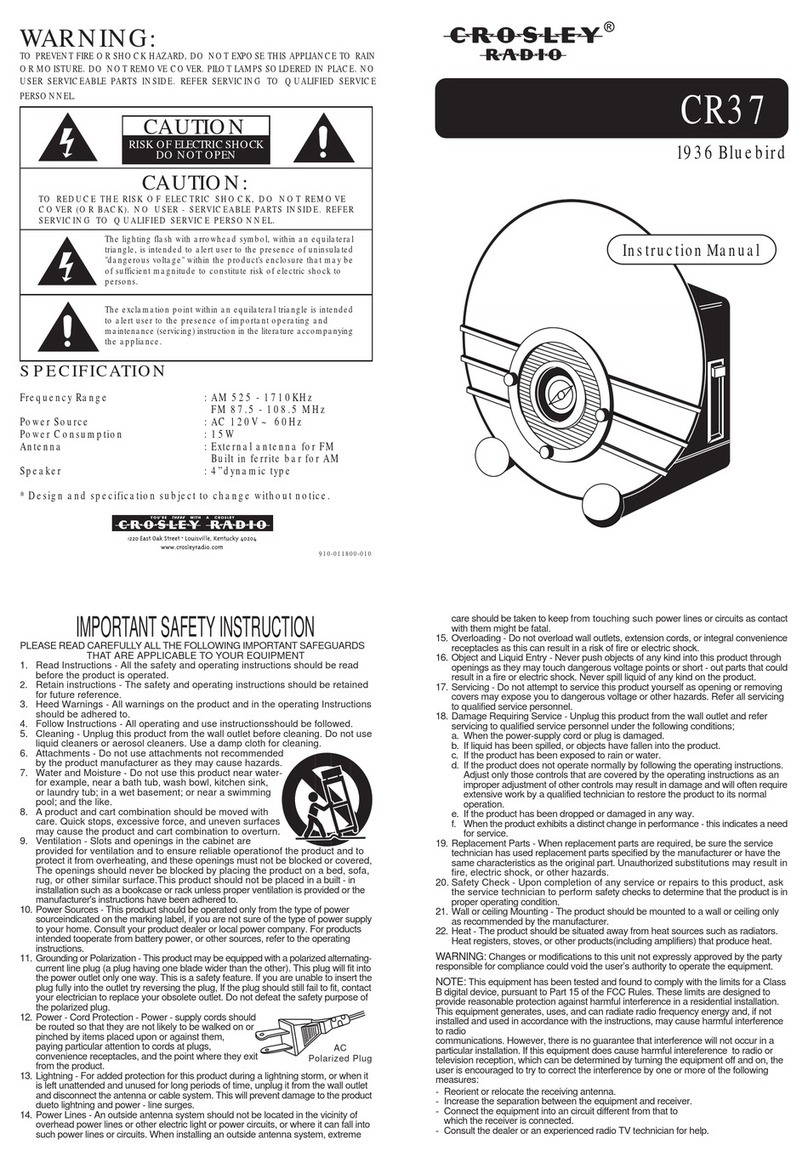v
<Precautions for Use>
WARNING
Do not use any battery pack other than the BP-3007-A1 or any AC adapter
other than the PW-3009-W.
Doing so may cause fire, electric shock, or breakdown.
Do not short-circuit the terminals of the battery charger or battery pack.
Doing so may cause fire, explosion, or breakdown.
Do not insert metallic or flammable objects into the compact flash memory
card slot. Doing so may cause injury, fire, electric shock, or breakdown.
Do not disassemble, modify, heat, or place battery pack in fire.
Doing so may cause fire, explosion, or breakdown.
Do not use any charger other than the specified battery charger to charge the
battery pack.
Doing so may cause fire, electric shock, or breakdown.
Do not attempt to disassemble, modify, or attempt to repair the NJJ-95B by
yourself.
Doing so may cause fire, electric shock, or breakdown.
If the power cord is damaged (exposure of the core wire, open circuit failure,
or break in the sheath), contact our nearest branch office, sales outlet, or
service station for a replacement power cord. Use of a damaged power cord
may cause fire or electric shock.
Do not connect/disconnect the plug while your hands are wet.
Doing so could cause an electric shock.
Do not use (place) the NJJ-95B in a location where it is exposed to flammable
or corrosive gas.
Doing so could cause fire, personal injury, or breakdown.
Handy Search is a drip-proof construction but must not be placed in water.
Do not expose the NJJ-95B to water or moisture, and do not use it in rainy
weather. Doing so could cause an electric shock or breakdown.
Stop using the NJJ-95B immediately when a sign of malfunctioning is
detected, and follow only the detailed procedure in this instruction manual. If
it cannot be restored to normal operation, contact our nearest branch office,
sales outlet, or service station. Use of the NJJ-95B in an abnormal state could
cause fire or breakdown.
Should the NJJ-95B emit an abnormal sound, odor, or smoke, immediately
turn off the power switch, remove the battery pack, disconnect the power plug
from the socket outlet, and contact our nearest branch office, sales outlet, or
service station.
Use of the NJJ-95B in an abnormal state could cause fire, electric shock, or
breakdown.
Before disposing of the used lithium ion battery, insulate the charging
terminals by taping or the like. Otherwise, the battery could cause fire or
explosion if short-circuited.



